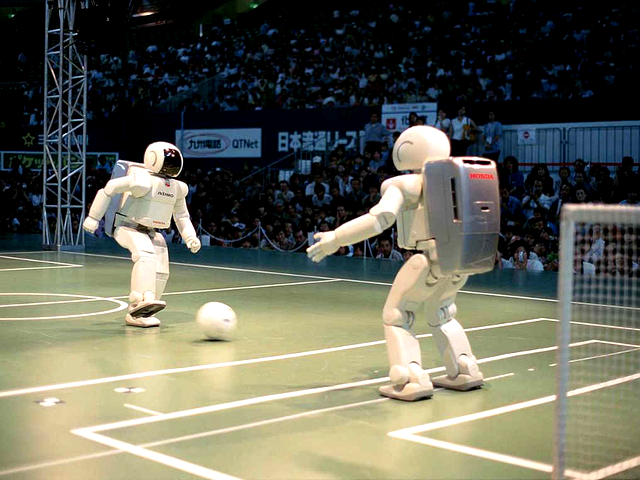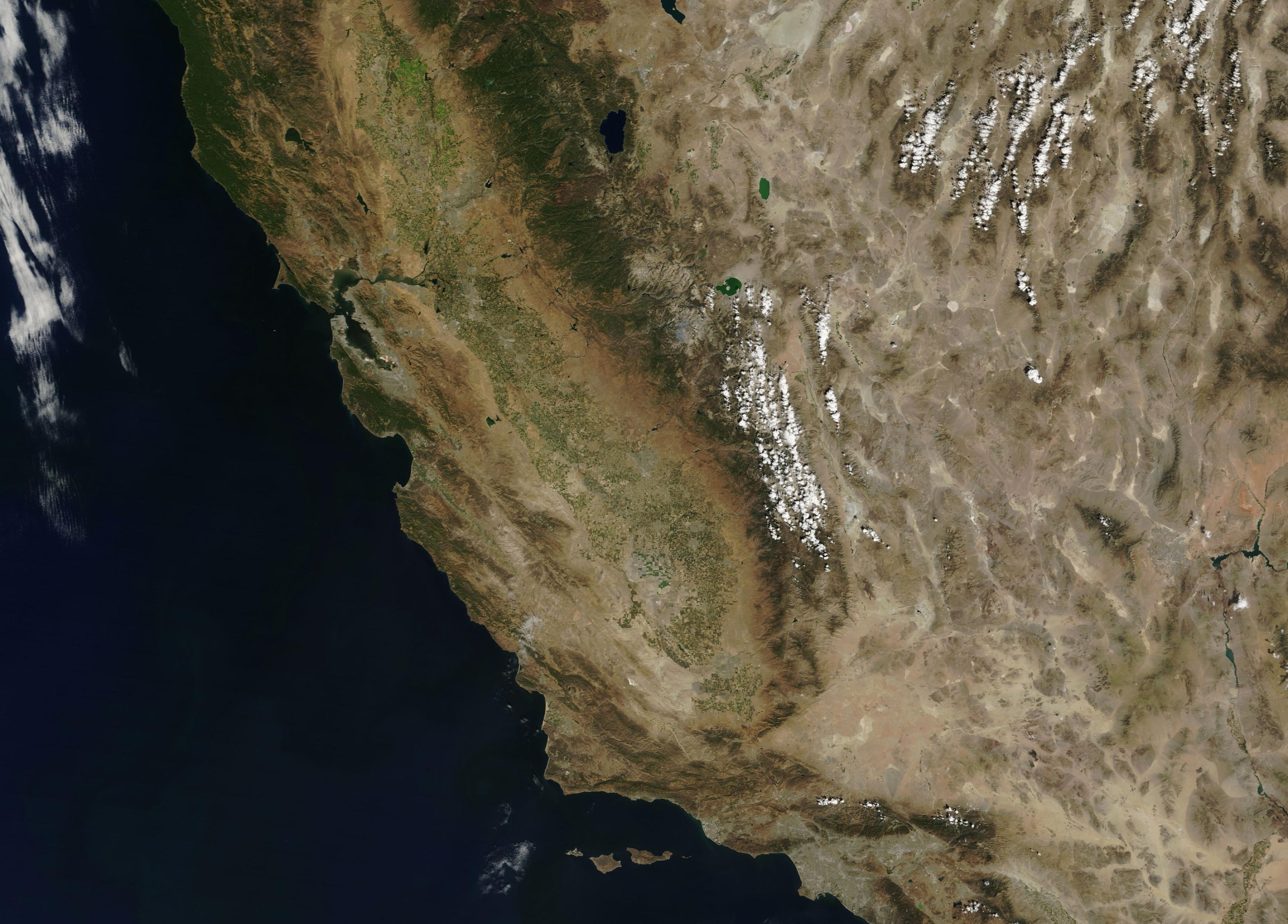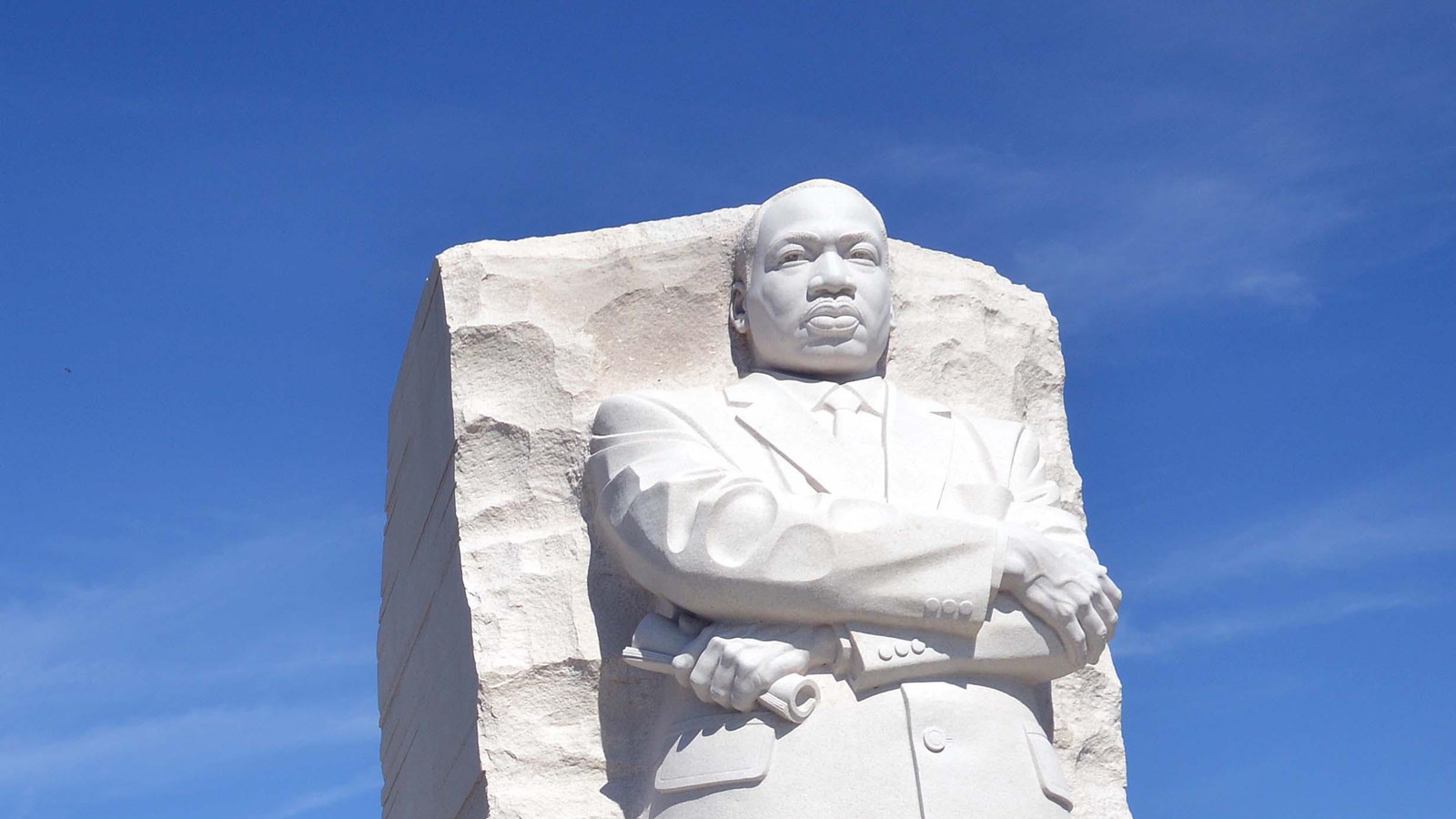While a lot of people (your humble bloggers included) were skeptical from the beginning of the tech messiah narrative in general and Musk as a real life Tony Stark in particular, there were real accomplishments coming out of both SpaceX and Tesla and it was easy to get caught up in the moment. Besides, where was the harm? Rockets, electric cars, solar cells... these were all good things. Even if Musk was a bit of a snake oil salesman, his heart certainly seemed to be in the right place.
It wasn't until four or five years ago that it became obvious to anyone even casually following the story that Musk was neither genius nor altruist. He was simply a moderately talented grifter with no background in or talent for engineering who came along at the right time. Early on he hired some very smart engineers who did produce some impressive advances at SpaceX and solved some daunting manufacturing challenges at Tesla, but it quickly became clear that not only was Musk not the brains behind these things; he didn't even have a basic grasp of the underlying concepts.
Putting aside a few sycophants and Flavor-aid drinkers, everyone on the front lines has seen through the con. Whether it's the LA Times, the NYT, CNBC, Bloomberg, Business Insider, the reporters who work this beat have learned to be skeptical of both his claims and his intentions.
Somehow, though, with the exception of the LAT (where pretty much the whole paper was onto the guy from the beginning), word never made it up the chain to the editors and star journalists. It's true that Musk's reputation has been tarnished by infantile displays, Covid denial, and the embrace of the alt-right, but that just makes the story better. Now he's a flawed hero, brilliant but self-destructive, trying to save the world despite his personal demons.
Which brings us to Christopher Cox's piece for the New York Times Magazine.
Peter Thiel, Musk’s former business partner at PayPal, once said that if he wrote a book, the chapter about Musk would be called “The Man Who Knew Nothing About Risk.” But that’s a misunderstanding of Musk’s attitude: If you parse his statements, he presents himself as a man who simply embraces astonishing amounts of present-day risk in the rational assumption of future gains.
...
Some of Musk’s most questionable decisions, though, begin to make sense if seen as a result of a blunt utilitarian calculus. Last month, Reuters reported that Neuralink, Musk’s medical-device company, had caused the needless deaths of dozens of laboratory animals through rushed experiments. Internal messages from Musk made it clear that the urgency came from the top. “We are simply not moving fast enough,” he wrote. “It is driving me nuts!” The cost-benefit analysis must have seemed clear to him: Neuralink had the potential to cure paralysis, he believed, which would improve the lives of millions of future humans. The suffering of a smaller number of animals was worth it.
This form of crude long-term-ism,* in which the sheer size of future generations gives them added ethical weight, even shows up in Musk’s statements about buying Twitter. He called Twitter a “digital town square” that was responsible for nothing less than preventing a new American civil war. “I didn’t do it to make more money,” he wrote. “I did it to try to help humanity, whom I love.”
...
Autopilot and F.S.D. represent the culmination of this approach. “The overarching goal of Tesla engineering,” Musk wrote, “is maximize area under user happiness curve.” Unlike with Twitter or even Neuralink, people were dying as a result of his decisions — but no matter. In 2019, in a testy exchange of email with the activist investor and steadfast Tesla critic Aaron Greenspan, Musk bristled at the suggestion that Autopilot was anything other than lifesaving technology. “The data is unequivocal that Autopilot is safer than human driving by a significant margin,” he wrote. “It is unethical and false of you to claim otherwise. In doing so, you are endangering the public.”
There
are serious debates to be had about the trade-offs between short term
sacrifices and long term benefits to mankind that can come from research
in autonomous systems, AI, and medicine, but none of these debates will
feature Tesla or Neuralink, These avoidable car crashes and animals
being tortured to death serve no purpose other than to enhance Elon
Musk's super-genius brand and to directly or indirectly pump the value
of Tesla.
Musk's fame and adoration, his sense of
identity, and the vast majority of his wealth all come from the
perception that he is one of the world's greatest engineers and
inventors, which is a big problem given that Musk is not only not an
engineer, he has never shown any talent in the field even by layman
standards.
Even down something like two thirds from its peak last year,
Tesla is still wildly overvalued based on conventional metrics for an
auto company. The stock price only makes sense if people assume that some
wonderful new breakthrough is just around the corner. But the product
pipeline appears to be largely empty. The company hasn't introduced a
new car for years. Despite having had a head start, the cybertruck was
beaten to market by multiple competitors. The semi is a joke. The
humanoid robot Optimus looks like something from a science fair, decades
behind what we have come to expect from Boston Dynamics, not to mention
other car companies like Honda.

With
the complicated exception of SpaceX, none of Musk's businesses are on
the cutting edge of anything. In autonomous driving, AI, solar cell
development, brain-machine interfaces, tunneling machines, and countless
other technologies where Musk has promised revolutionary disruptions,
his companies are, at best, in the middle of the pack and, in some
cases, not making any serious effort at all. (On a related note, despite
attempts to muddy the waters with creative statistics, Tesla spends far less than any of its major competitors on R&D)
Given all this, the "rational assumption of future gains" argument is simply absurd, and anyone who still buys this or the line about Elon's love of humanity needs to talk to the people who actually cover Musk for a living.
* Longtermism: a philosophical school which argues that we should give
billionaires more money and which has proven surprisingly popular with
billionaires.












